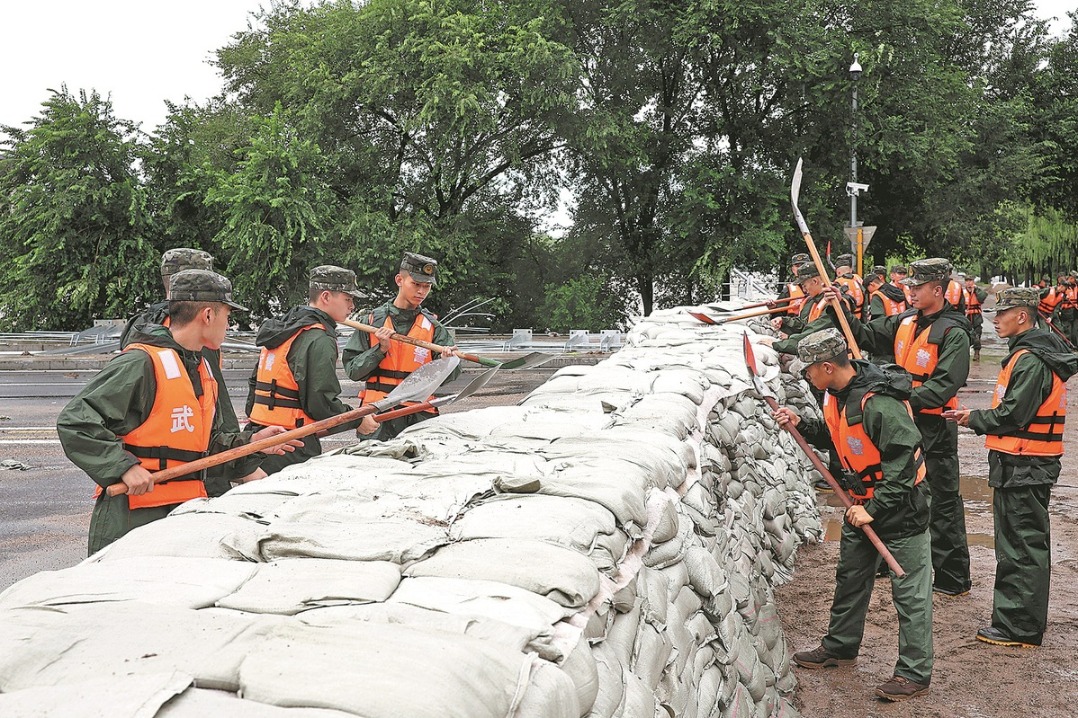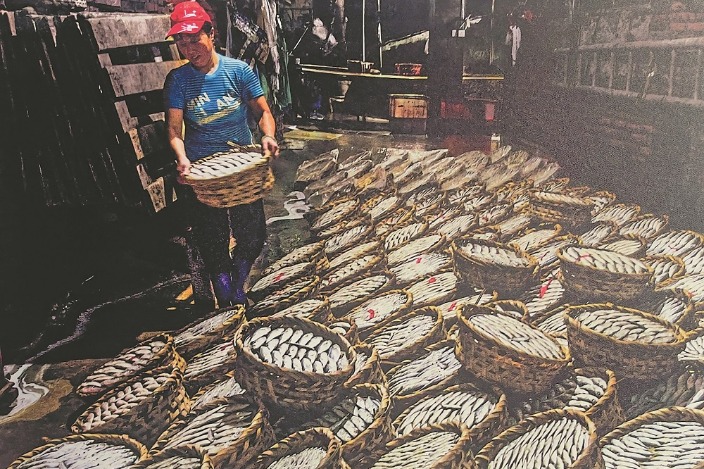Fujian and Ryukyu, a friendship that has stood for over 500 years
Bond strengthened by mutually beneficial exchanges, shared cultural heritage


For Japanese historian Kenichi Uezato, the coastal town of Meihua in Fuzhou, Fujian province, serves as a deep reminder of the people-to-people friendship between Fujian and Ryukyu that has lasted for centuries.
For over 500 years, the Ryukyu Kingdom — located in what is today Japan's most southwestern prefecture of Okinawa — was an independent tributary state under China's Ming and Qing dynasties (1368-1911).
The East China Sea stood between the Ryukyu Islands and Meihua, which served as a major port for two-way exchanges that benefited both communities, and had numerous influences on economy, culture and society that have endured to modern times.
In recent years, Uezato, a professor emeritus at the University of the Ryukyus in Okinawa, has been a witness to the efforts made by the Chinese side — especially by Fuzhou and its people — in preserving and building on shared cultural heritage. This includes the establishment of a culture museum in Meihua in November last year.
"Meihua was not only one of the key hubs for exchanges between China and the Ryukyu Kingdom during the Ming and Qing dynasties, but also a location frequently mentioned in the records of (Chinese) imperial envoys and Ryukyuan genealogical documents," he said when touring the new museum.
"Among the classical Chinese poems I have studied, there are many works composed by imperial envoys and Ryukyuan envoys using Meihua as their theme," Uezato added.
Fuzhou, a gateway to the Maritime Silk Road, is located in the lower reaches of the Minjiang River in eastern Fujian, and is separated from Taiwan by the East China Sea.
Meihua was one of the ports where China's legendary navigator Zheng He set sail from and anchored. Due to its advantageous geographical location, the port boasted a large number of people skilled in shipbuilding and experienced in navigation.
People from all walks of life, including envoys and traders from both sides, treated Meihua as one of the major hubs to sail for the Ryukyu Islands from.
Meihua was the starting point of seven official voyages of Chinese envoys to Ryukyu in 1561, 1579,1606, 1633, 1663, 1683 and 1719. A single trip might last for one or two weeks depending on the weather conditions.
"Outside the cabin, clouds fly and stars stir, while waves roar in the ocean and the skyline floats," Xiao Chongye, chief envoy of the second trip, wrote in a poem.
For centuries, China brought Ryukyu Kingdom a steady flow of trade, and influenced it in various areas such as its political system, astronomy and calendar, Confucian culture, and production techniques.























